Starbucks Rolls Out New ‘Industry-Leading’ Cups to Reduce Plastic Waste
The weather getting hotter means one thing: an uptick in sales of cold drinks in Starbucks. But Cold Brews and Frappuccinos require plastic cups, which adds to the amount of single-use plastic waste.
So the coffee giant has a solution. Starbucks plans to introduce new disposable cups to help the environment. Find out the details of Starbucks’ new less-plastic cups here.
20% Less Plastic
Starbucks’ new disposable cups will contain up to 20% less plastic. These cups will be rolled out in stores across the U.S. and Canada.
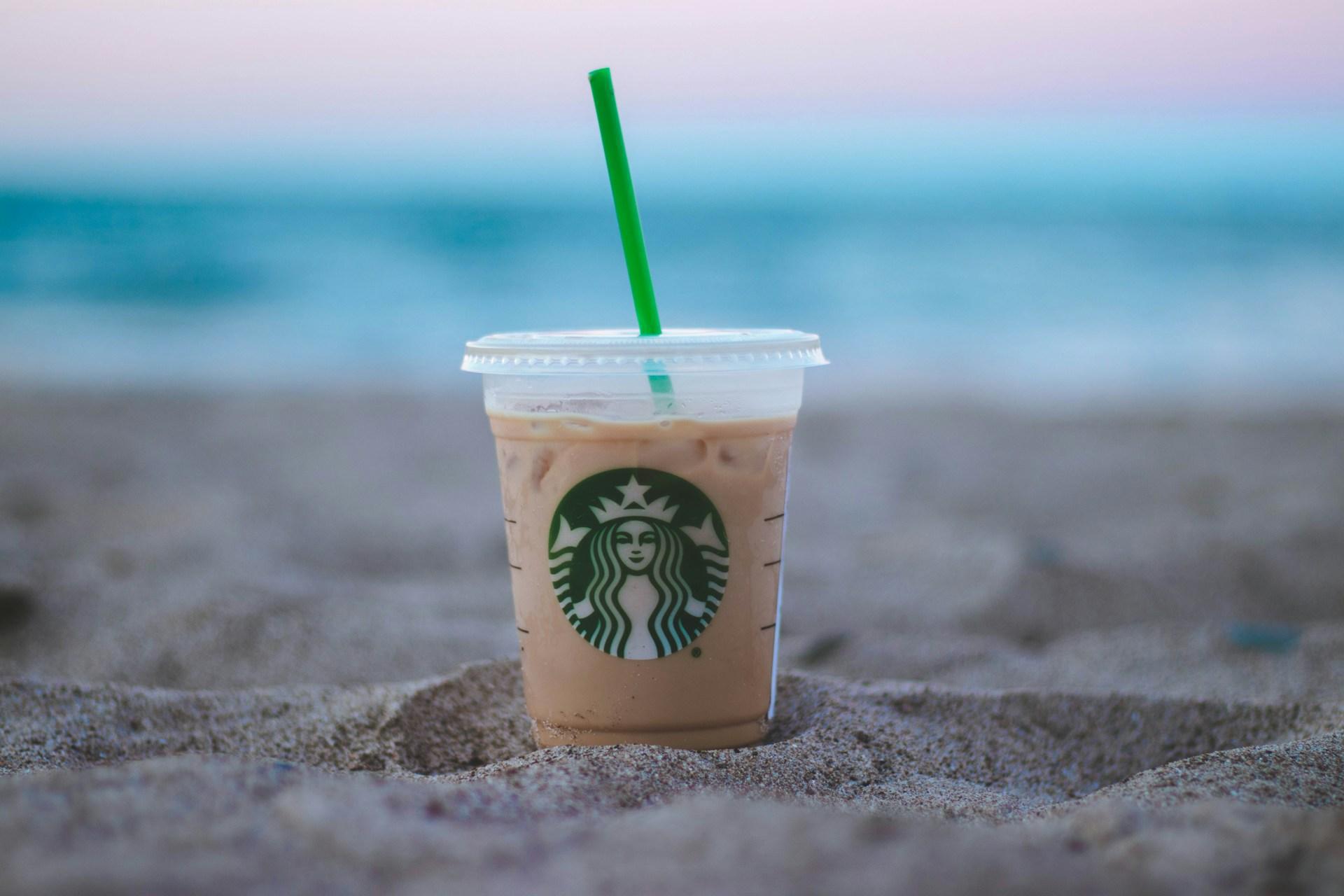
Source: Nadine Shaabana/Unsplash
While hot drinks are typically served on paper cups, cold drinks at coffee shops like Starbucks still use plastic cups. They keep the drinks cold for a longer period. Alternatively, you can order “for here,” which means you can swap the plastic cups with reusable glass or ceramic ones belonging to the store.
Leading the Industry
These new cups have been developed for the past four years, according to Starbucks’ VP of Product Innovation, Amelia Landers.
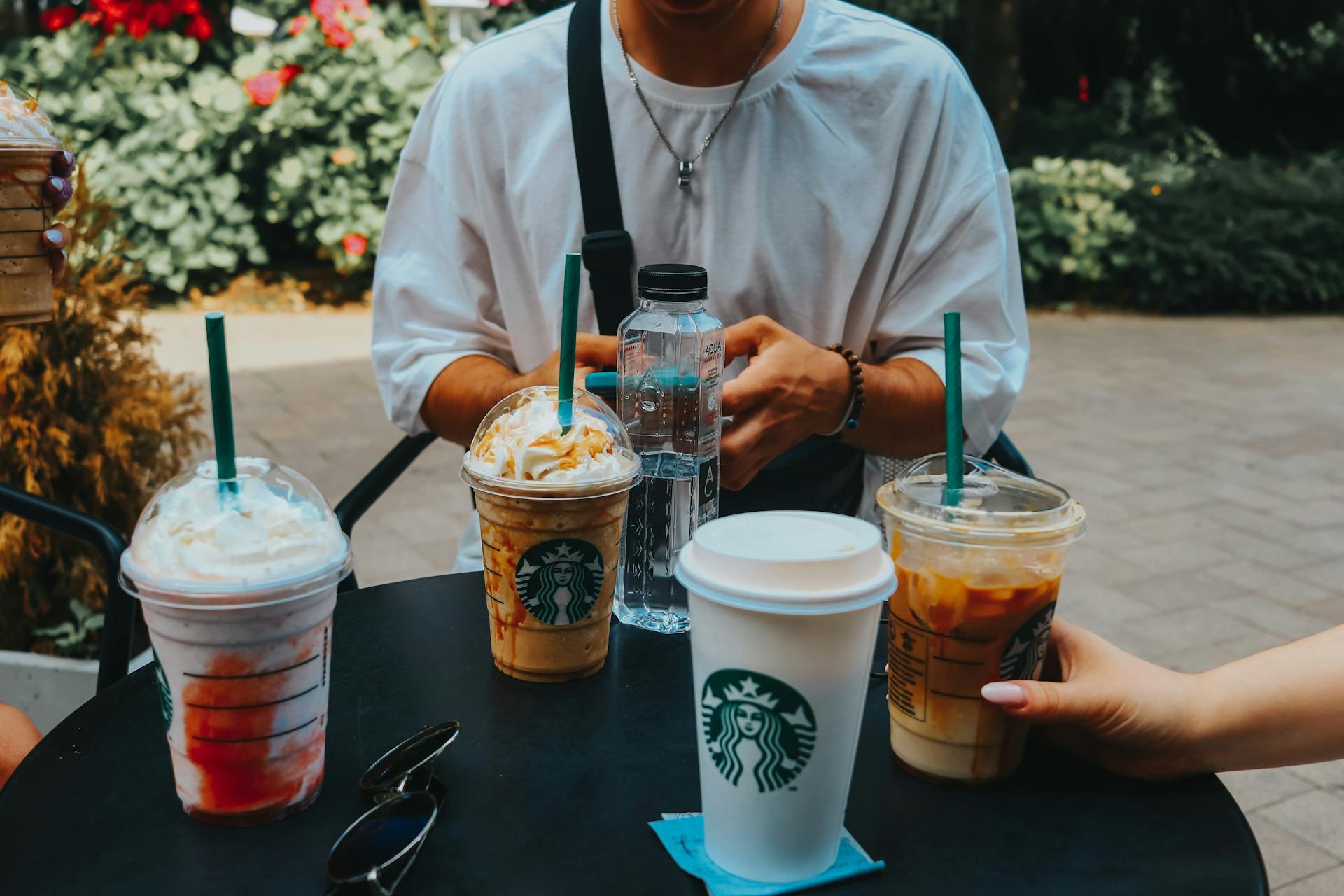
Source: Ejov Igor/Pexels
Thousands of iterations were tested to figure out how plastic could be removed while still keeping its sturdiness. Landers remarked, “We feel like it’s industry-leading. It’s the best expression of a cold plastic cup.”
The Popularity of Cold Drinks
75% of Starbucks’ beverage sales in the U.S. comes from Frappuccinos and other cold drinks. This figure is up from a decade ago, which was 37%.
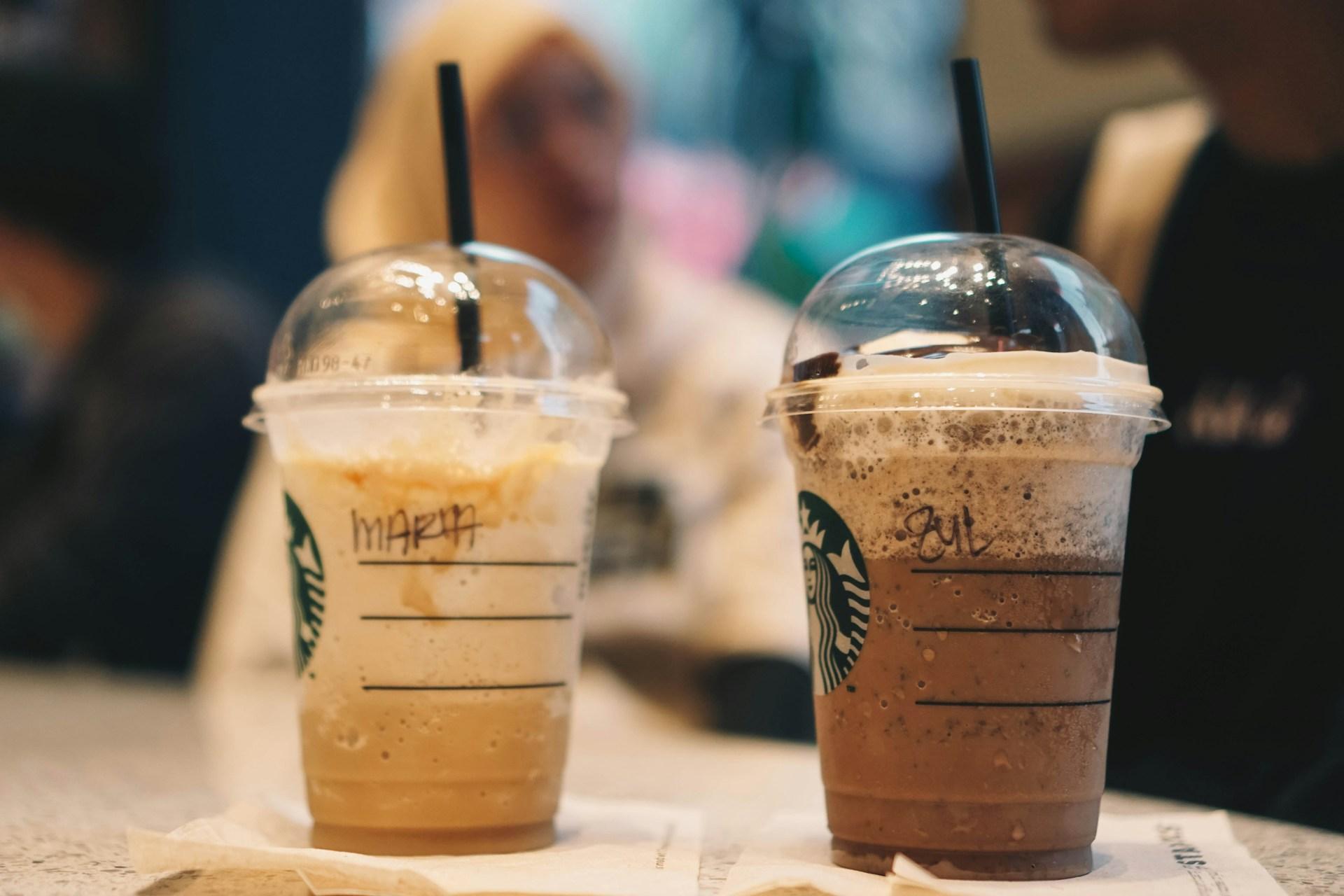
Source: AIRIZ/Unsplash
But the new Starbucks cups will keep plastic out of the landfills by more than 13.5 million pounds in weight.
Redesign Changes
Another change in the cup’s design will include a feature of raised dots near the bottom. This is so baristas can quickly feel with a simple thumb swipe which size cup they’re holding.
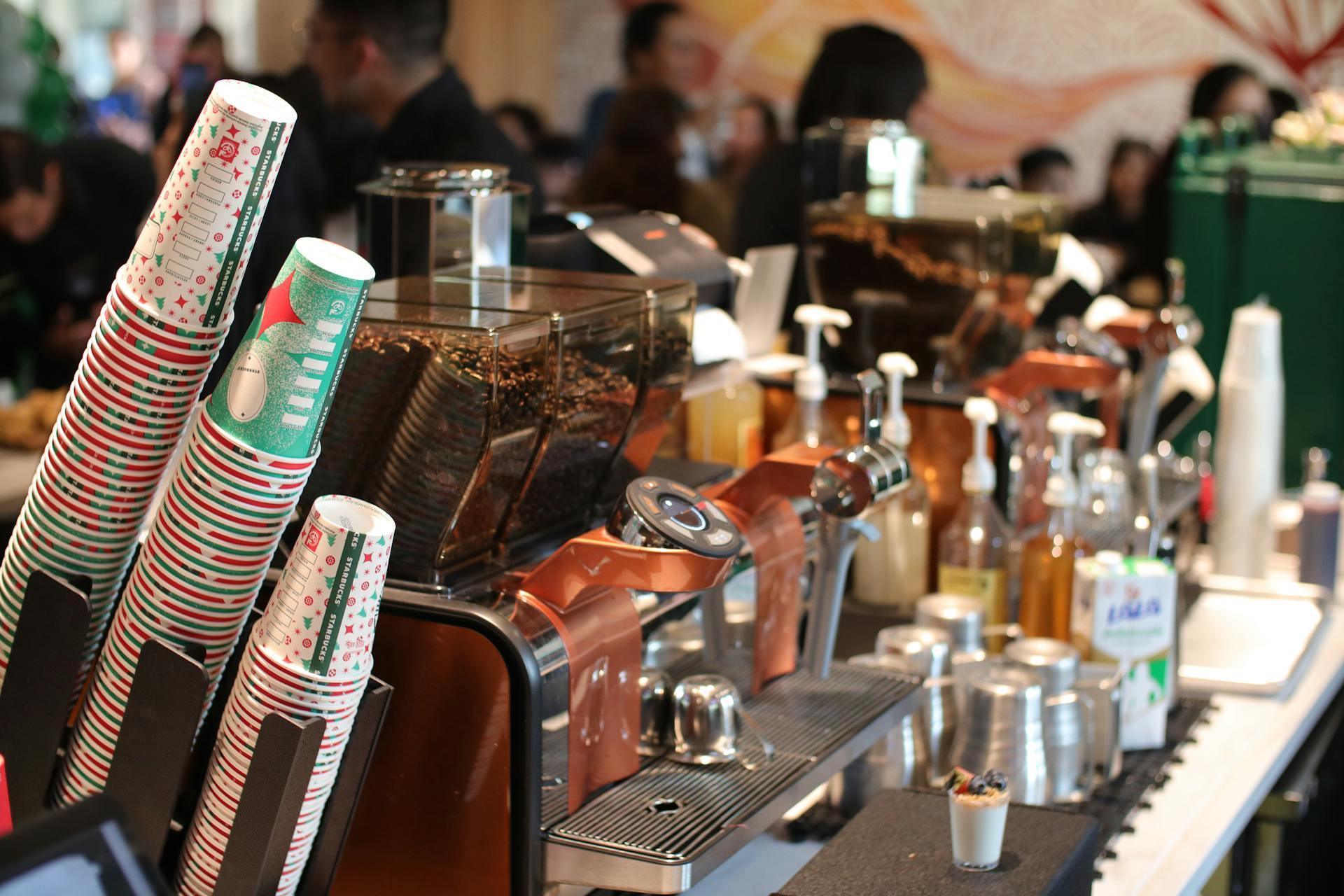
Source: Ludovic Delot/Pexels
Those with impaired vision are expected to benefit from the redesign as well. It’s definitely useful to differentiate the cups’ different sizes. Starbucks’ 12-ounce cups (“tall” cups) are actually shorter and wider than the larger cups to match the one-size-fits-all lids.
Sustainability Push
This is all part of Starbucks’s efforts at driving sustainability with its products. In 2019, Starbucks already adopted the strawless lids.
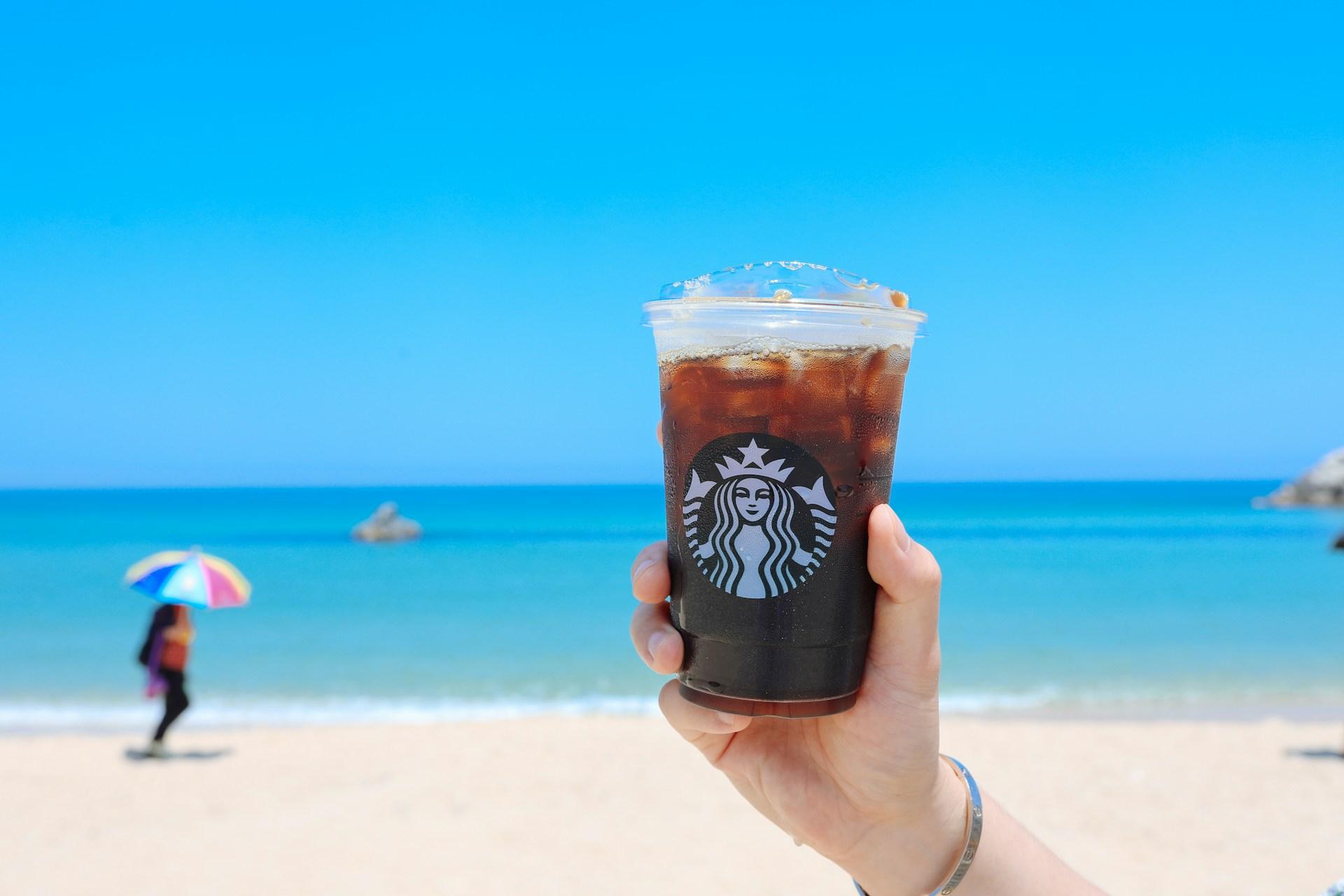
Source: Olivia Lim/Unsplash
Starbucks’ new “green cup” initiative started in 2023. The business said it would accept customers’ bring-your-own cups for drive-thru and mobile orders in the U.S. and Canada.
Green Cup Initiative
Last year, new reusable clubs that would replace single-use paper cups were tested in 12 Starbucks stores in Napa and Petaluma, California.
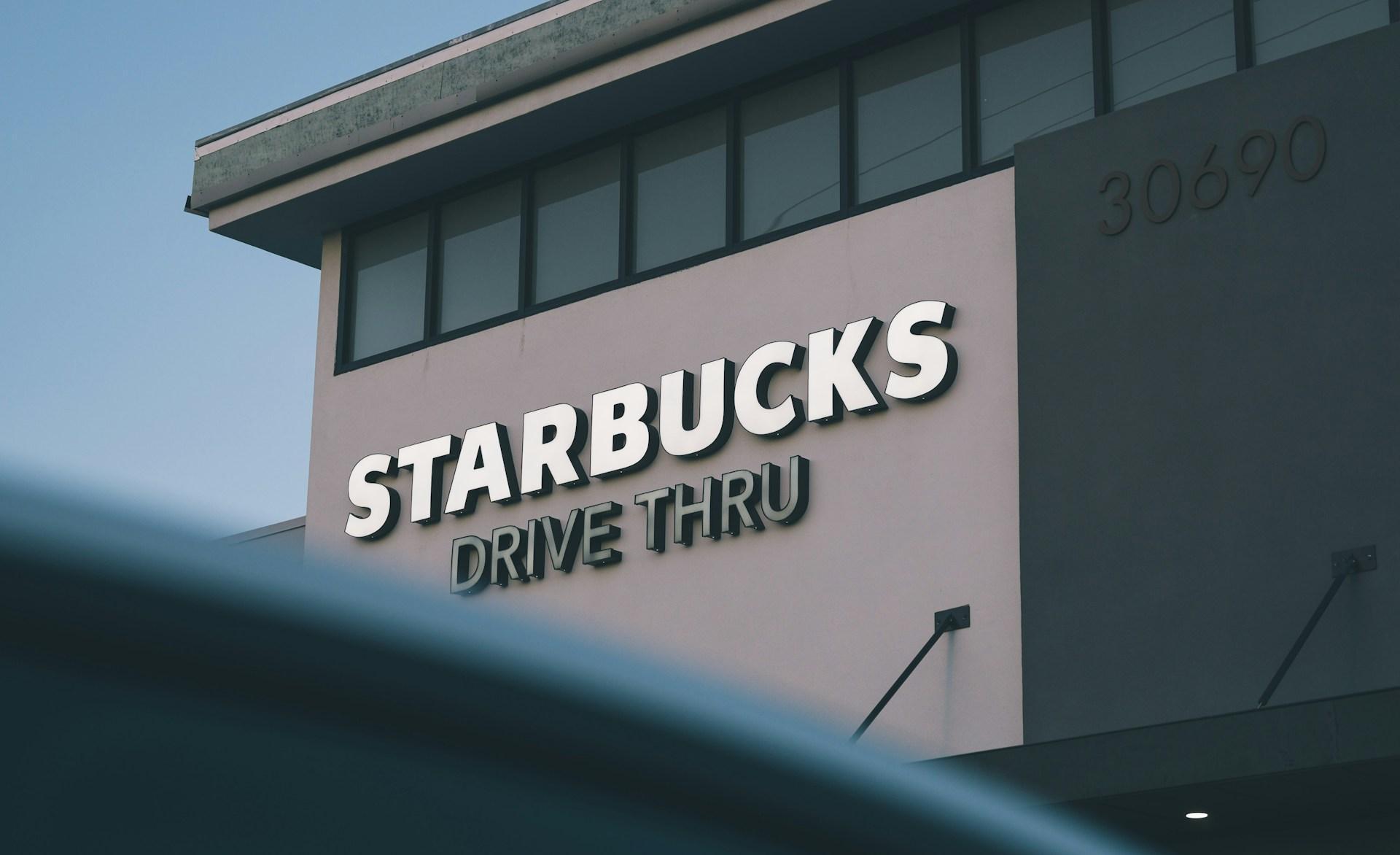
Source: Mahavir Shah/Unsplash
Then, from August to October, customers were able to start bringing in their own personal cup both in the store or drive-thru. Or, they might be offered a “Borrow a Cup” or choose “For Here” in the form of reusable ceramic or glass.
Other Regions to Follow
Starbucks’ plan is now to roll out the reusable cup program at thousands of stores in Europe, the Middle East, and Africa. The ETA for this program is next year.
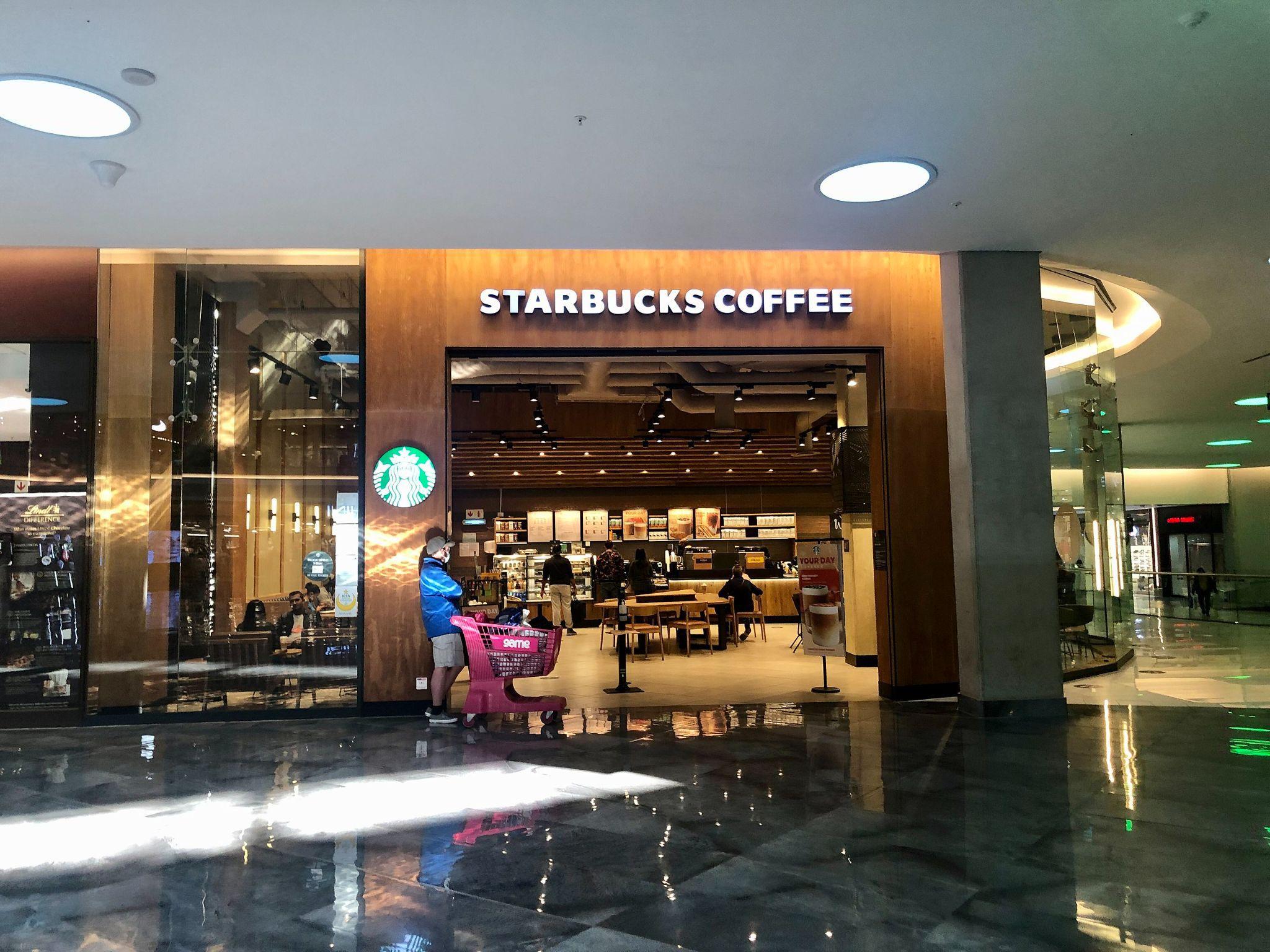
Source: TapticInfo/Wikimedia Commons
This program will invite customers to pay a small deposit when buying a hot or cold drink in a specially designed cup. The cup can be reused up to 30 times. The deposit gets returned when they bring the cup back to a store. Testing of the program already went ahead in California, Arizona, and Colorado.
Asian Markets Thrive With Reusables
In Asia, Starbucks has had some success with reusables. 2022 saw an increase in the use of reusable cups in Starbucks South Korea, up 16% from 2021. South Korea is said to be Starbucks’ largest global market.
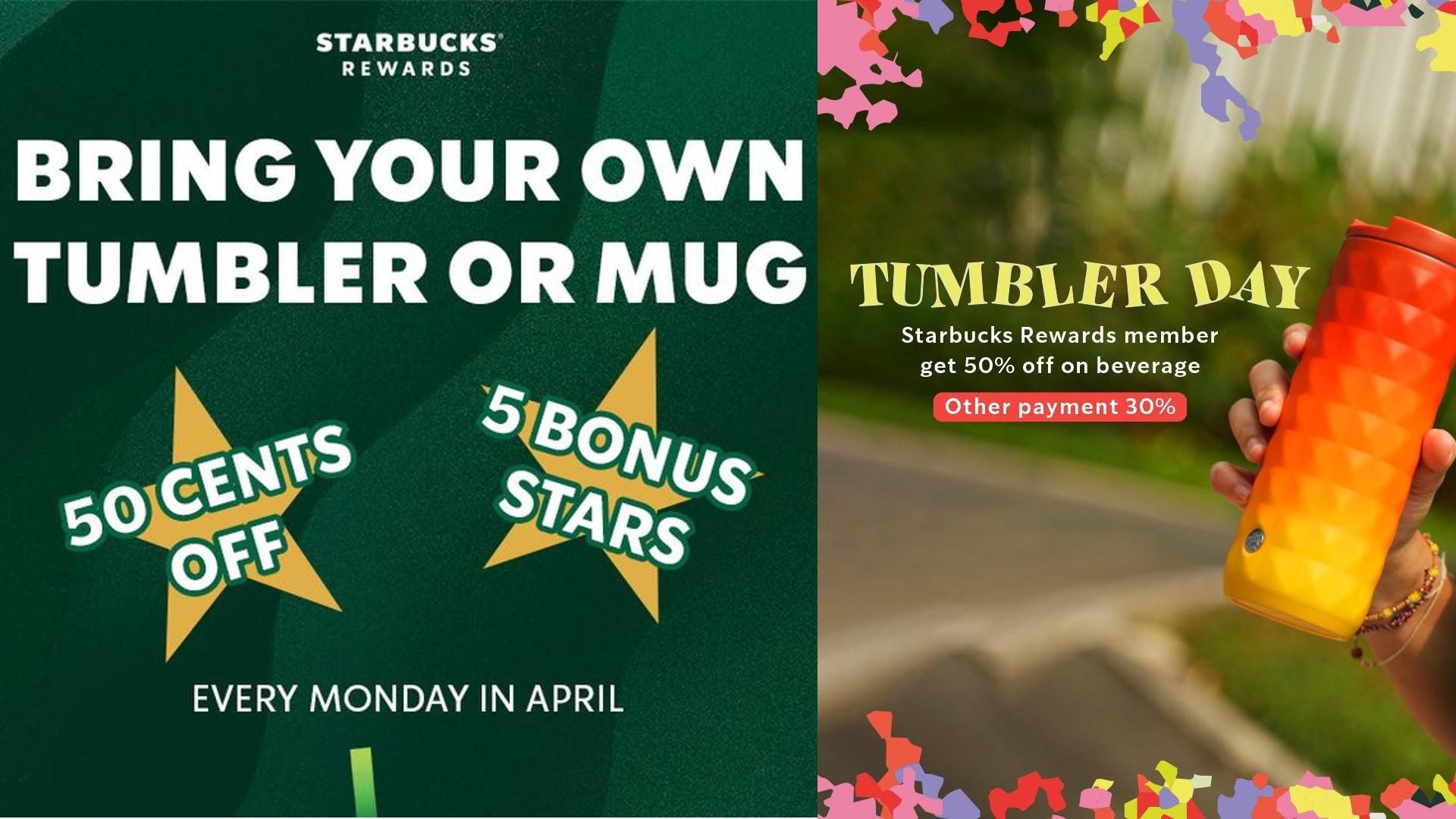
Source: Starbucks Singapore Instagram/Starbucks Indonesia X
Various Asian countries like Singapore, Malaysia, and Indonesia offer discounts for when customers bring their own tumbler. And Starbucks in Hong Kong has started a “Borrow a Cup” program.
Goals for the Longer Term
In the long run, Starbucks aims to have all its packaging to be reusable by 2030. The less-plastic plastic cups are only a small step forward.
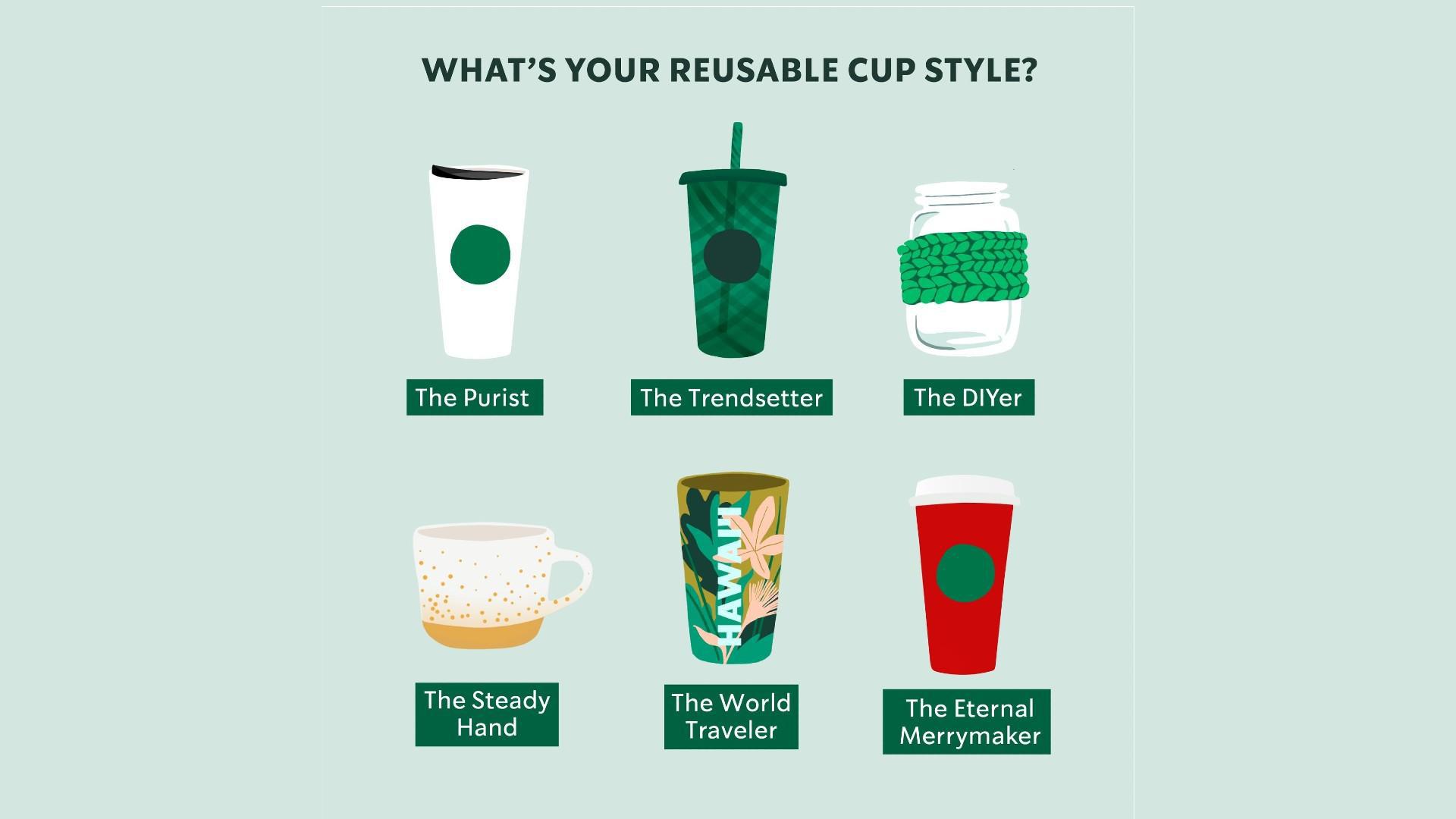
Source: Starbucks/X
Yes, the cups are recyclable. However, they are still intended for one-time use. Starbucks won’t be fully “green” until all their cups are reusable and recyclable.
Continuing the Fight for Sustainability
You can rest assured, though, that Starbucks will continue to fight for sustainability. The company plans to continue its exploration into ways of making single-use cups more sustainable.

Source: Ravi Sharma/Pexels
“I think we will never take our foot off the gas, evaluating new ways and new methods and new technologies to go ruther. We’re not done.”
Plastic Repackaging
The good news is that Starbucks is not the only one. Major F&B corporations like McDonald’s and Coca-Cola are also introducing environmentally-friendlier packaging.
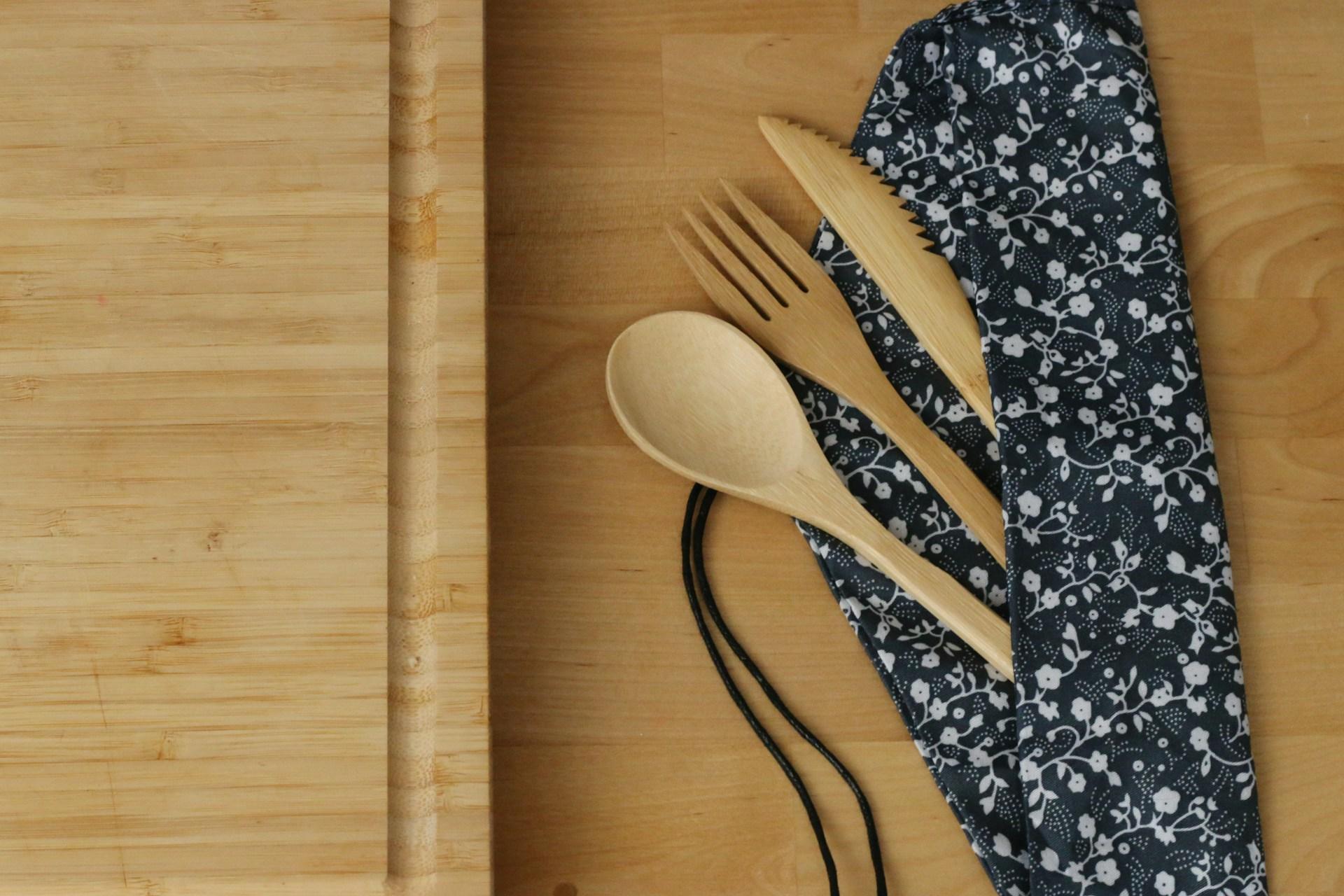
Source: Good Soul Shop/Unsplash
McDonald’s new McFlurry cups no longer have plastic lids. Their salad boxes and cutlery are now made from renewable fiber. Coca-Cola, on the other hand, developed a bottle made from plant-based sources. Thanks to these efforts, consumers can enjoy their meals with a slightly lower carbon footprint.
